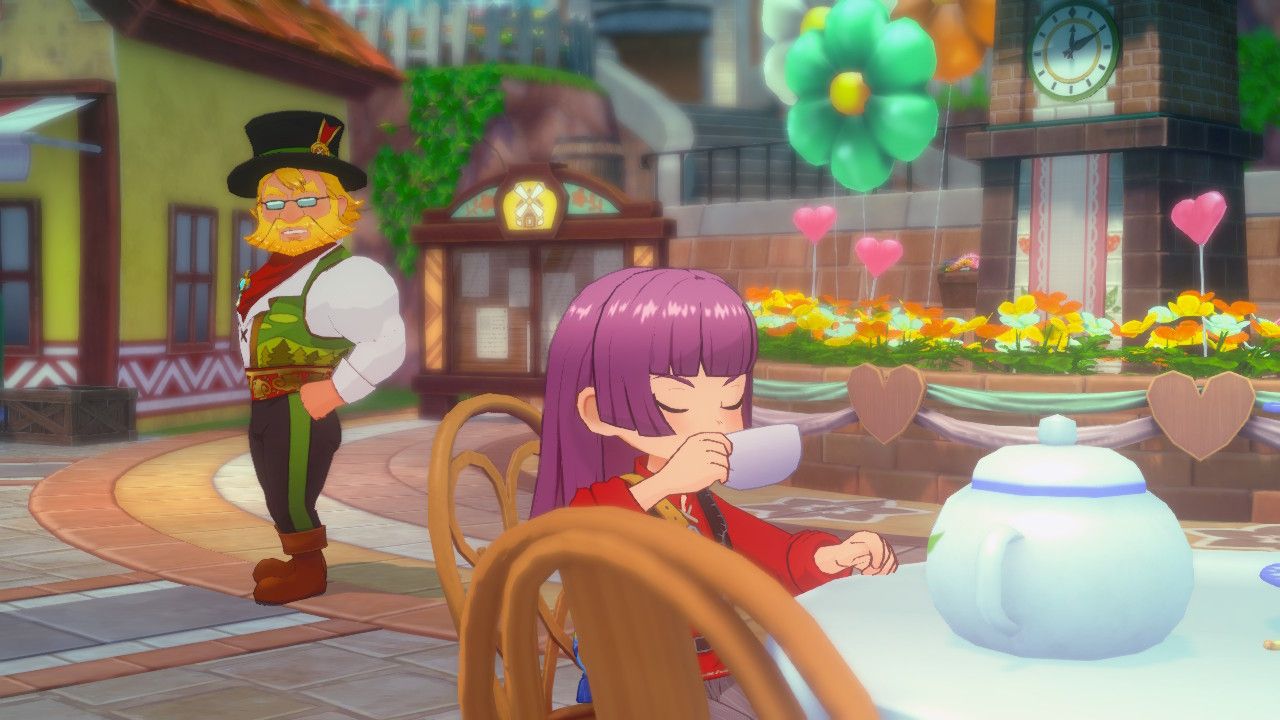Wiikwemkoong is a peninsula at the eastern end of Manitoulin Island in Lake Huron. The territory is unceded – meaning they have refused to sign a treaty surrendering land to the Crown.Ryan Lee/Destination Ontario
Jack Rivers is a fount of knowledge, with a quick grin, lively eyes, a yellow leather headband and delicately worked crane earrings that represent his dodem, or clan. His evident vitality is in sharp contrast to the stone wall behind him – the remains of Wikwemikong Industrial School in Northern Ontario, which opened in 1862 and once housed Indigenous children under the tutelage of black-clad priests and nuns.
The girls burned down their school in 1911, he explains. The boys followed suit a few years later.
Rivers is an Anishinaabe tour guide. He isn’t telling a history of suffering and subjugation, but passing on stories of resistance, both personal and collective.
Hidden Canada 2025: Ten travel destinations around the country to explore this summer
Wiikwemkoong, his homeland, is all about resistance. The territory, a peninsula at the eastern end of Manitoulin Island in Lake Huron, is unceded – meaning they have repeatedly refused to sign a treaty surrendering land to the Crown. In summer, it is lush and green, with extensive waterways, a glorious 14-kilometre hiking trail and a rich Anishinaabe culture.
A series of Indigenous-led tours on Wiikwemkoong run between May and October, ranging from historical to culinary to athletic, and sometimes are all in one.
Anishinaabe tour guide Jack Rivers leads a group through the waterways in Lake Huron.Dale Duncan/Supplied
On our first day on the territory in July, 10 guests load into a voyageur-style canoe with Rivers at the front, and his quieter, younger counterpart, Ignatius Jr. Trudeau, whom he is mentoring, at the stern. “On my count!” says Rivers, and we push off the dock and head into the open waters of the lake, buffeted by a cool, cleansing breeze.
As I paddle in tandem with this small crew of strangers, I reflect on the days when waterways were highways, and this would be the equivalent of getting into an SUV. Unlike an SUV which can plow through any conditions, though, a canoe is vulnerable to shifts in weather and paddlers have to be constantly reading the land.
Rivers tells us about his own experience of learning to tune in. Watch for birds diving for food, he says. That means dinner for humans, because where there are bait fish, there are larger species such as pike and whitefish.
He directs us to a stand of cattails blowing in the wind and lets the reeds cradle our boat while we take a break. As the corn-dog flower heads sway at eye level, he delivers a quick lesson on the uses of the plant, including an aloe-like wound dressing from the base of the stem. Water lilies, which dot the surface like little paper crowns, have root systems that he uses to heal fatigued muscles.
We see cormorants sitting on the water, airing out their wings, and gulls cutting across the sky. Trudeau, who is normally the straight man to Rivers’s quick patter, tells us the story of how the seagull got its call, complete with a maniacal imitation that cracks us up.
Although we have one more scheduled stop – at the compellingly named Skull Point – the wind is picking up, so for safety’s sake we head for the shore.
A tour group walks through the forest on Manitoulin Island as part of Wiikwemkoon’s tours.JAY R. MCDONALD/Supplied
We’re landing on territory that for centuries sheltered and nourished Haudenosaunee and Anishinaabe people (who also sometimes fought each other, hence the skulls of Skull Point). The English and the French wanted help from Indigenous people during the War of 1812, but in the aftermath, the English settlers began seeing them as more of an impediment to their land grab – a nuisance to be rid of.
In 1836, Lieutenant-Governor Francis Bond Head determined to save Ontario’s Anishinaabe (including one of my ancestors) from the threat of extinction, by shuttling them off to Manitoulin, “a most desirable Place of Residence for many Indians who wish to be civilized as well as to be totally separated from the Whites,” he wrote. (If you’re thinking there’s a lot to unpack there, you’re not wrong.)
Unsurprisingly, this alleged sanctuary did not last long; by 1862, the Crown presented the chiefs of Manitoulin with another treaty, this one for the surrender of Manitoulin. Some chiefs on the island signed – but not those of Wiikwemkoong, the easternmost peninsula.
The government of Canada today calls Wiikwemkoong, which is about the size of Vancouver, a “reserve.” In 2014, citizens of the area, which considers itself a territory, ratified a constitution, further establishing its independent spirit. Whether you call it a reserve or a territory, though, “Unceded” is part of its title. The area’s tourism is part of a push to reclaim culture while changing the colonial narrative.
The remains of Wikwemikong Industrial School, which opened in 1862 and once housed Indigenous children who were taught by priests and nuns.Dale Duncan/Supplied
We learn some of this backstory when we meet Rivers and Trudeau on the lawn of the former Industrial School, where Rivers also shares his own history. Like Wiikwemkoong, he fought off subjugation – as a young hockey player on the road, he encountered racism that shook him to the core. He shaved his head. He wanted to assimilate.
(As did my great-great-great-grandmother. Part of my trip here is to try to understand her world a little better.)
The violence instilled by residential schools that travelled down through generations of his family made it even harder for Rivers to find self-compassion. But eventually, after what he calls “rock bottom,” he came back to Wiikwemkoong. Through a healer he met there, he started to reconnect with his culture and eventually was able to use his experience to educate others.
Rivers’s story, which shows how a person, too, can be unceded, has provoked deep reflection within our tour group.
We break for lunch, courtesy of Chef Vincent Manitowabi. Clean-tasting venison, cooked at the trailhead on a flat stone over an open fire, is plated with squash and corn, and washed down with wild mint tea and a drizzle of maple syrup. Then it’s time to head into the bush. But before we depart, we leave an offering of tobacco to Nimaamaa-aki (Mother Earth) and Saba, the forest guardian. The gesture feels right to me.
Wiikwemkoong is called a ‘reserve’ by the government. The territory is embracing tourism as a way to reclaim culture.Ryan Lee/Destination Ontario
Two dogs – “trail guardians” – accompany us on the Bebamikawe Memorial Trail, weaving in and around us as we clamber up the well-maintained path. The surroundings seem to give Rivers yet more energy, and he keeps an eye out for medicinal plants to show us: Red osier dogwood has aspirin-like properties. We nibble on balsam fir needles, find sap on spruce that can be used as a topical antibiotic, and have a laugh about wild sarsaparilla, “nature’s Viagra.”
When we reach the North Channel Lookout, we pause: The view goes on forever, rich greens and blues, and our trail guardians, experts at power-napping, conk out while we humans have a free-ranging chat about addiction and smartphones and storytelling. After considering how so much Indigenous history has been told by settlers, I’m feeling in a bind about telling the story of Wiikwemkoong. Rivers tells me to “just write it from the heart.”
Tricky – usually I write from the head. But I think back to the most heartfelt part of our visit. When we were in the canoe, Rivers asked us for the last stretch to “just listen to the sounds around you. Be in the moment. Listen to the wind.”
I dipped my paddle in the water and pulled again and again, following the lead of the woman in front of me. There was comfort in the silent tandem action. We were all working together, a co-operative effort, no one taxed beyond their capabilities. The more seasoned canoers helped the less. We were quiet, save for the occasional giggle or murmured apology for splashing fellow guests.
“Strong paddlers,” Trudeau said approvingly. We pulled into the dock and stepped onto the land that we so imperfectly share.
If you go
Wiikwemkoong Tourism offers tours from June to October. Tours include guided hikes, guided canoe journeys and culinary experiences and range in price from $100-$225 per adult. Additional activities in tandem with Six Nations Tourism, including a powwow, take place from July 19-21.
The writer’s tour was provided by Wiikwemkoong Tourism. It did not review or approve the story before publication.










